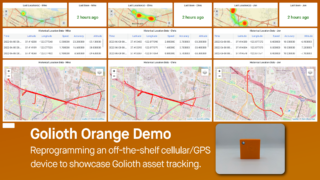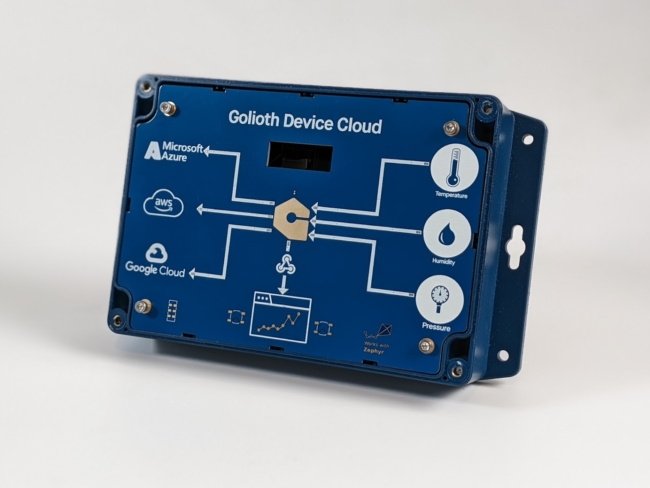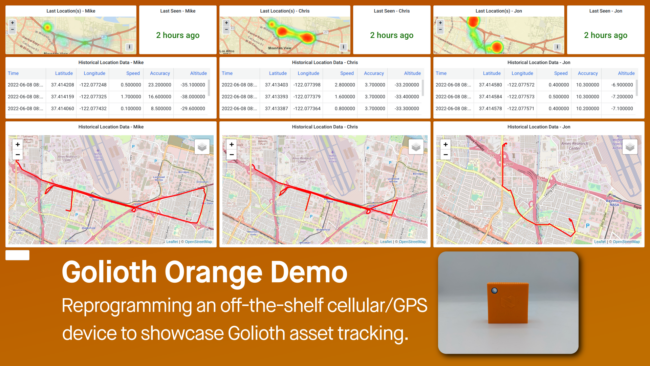DevCon22 was a 2 day event that Espressif held last month to showcase upcoming products from Espressif as well as external partner offerings. Mike and I (Chris), gave a talk about how the Espressif IoT Development Framework (ESP-IDF) makes it really easy to add Golioth to your IoT projects.
The ESP32 line of Wi-Fi based devices deliver the internet connection, while the Golioth ESP-IDF SDK provides access to things like:
- Over-The-Air Updates
- Time-series Database
- Stateful Database
- Settings Service
- Remote Procedure Calls
- Cloud Logging Service
- and more!
Golioth covers your hardware
Golioth supports multiple hardware ecosystems, and we expect to enable even more in the future! We’ve built everything firmware engineers need to seamlessly connect their devices to the Golioth Cloud. Our goal is to meet engineers where they work, and this often means working directly inside the ecosystems their projects are built upon.
We were excited to support the ESP-IDF, which is based off the popular FreeRTOS core. This open source Real Time Operating System (RTOS) is prevalent throughout the electronics industry, with ports into many different chip ecosystems. The Espressif team has taken the core capabilities and ported it to work across their growing catalog of components. They have also bundled a range of meta tools that includes the build system (idf.py), the programmer (esptool.py), and more.
The Golioth ESP-IDF SDK leverages the necessary components to immediately access the Golioth Cloud on Espressif devices. We use CoAP as a transport layer, so we include a CoAP library to allow your device to “talk” CoAP. Golioth is secure by default, so we also include an mbedtls library, to allow your packets to be encrypted (using your PSK-ID and PSK). The net result is that firmware and hardware engineers don’t need to worry about the low level details of connecting to our servers, instead you can utilize high level APIs shown in the presentation video. For anyone using ESP32, Golioth just works!
The challenges of scale
The core of the talk is to showcase Cloud technologies that make it easier to scale your fleet. If you’re the classic example of a startup in a garage, you probably aren’t planning to scale out to millions of devices. Even if the future is uncertain, it’s good to understand the capabilities that will make it easier to control your fleet, from 10 devices to 10 million devices.
We also want to make sure that firmware and hardware engineers don’t need to become Cloud engineers to enable these capabilities. The features described above and in the video are available by default, without any additional Cloud-side code required. This means engineers can start sending data to the Cloud immediately and focus on the higher value tasks of pushing the data to those that need it, like their internal software or data science teams.
Mike shows many of these services in action during the talk, including showing how users can interact with the data that is sent to the Cloud using the ESP-IDF SDK. Each of these features enables users to grow their Cloud capabilities immediately:
Are you ready to scale?
Golioth is ready to take your fleet to the next level, using the ESP-IDF SDK or any of our other supported hardware ecosystems. You can immediately pull the SDK into your next project and start sending data to the Cloud. Reach out to us on our Forums or the Golioth Discord to discuss how we can help you to build out your fleet.
Slides
If you’d like to preview the slides used the video presentation, check them out below. If you’d like a PDF copy of the slides, please contact [email protected].


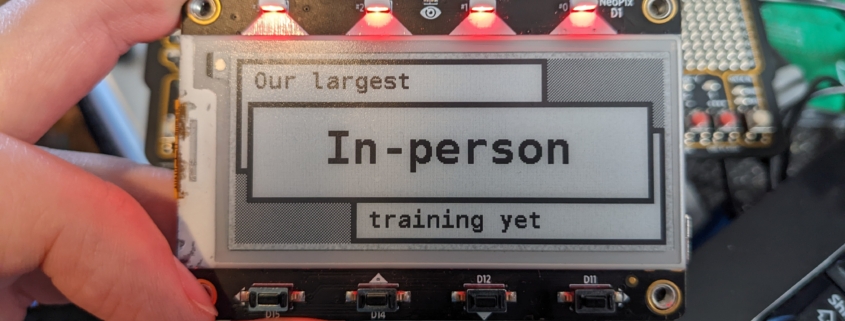



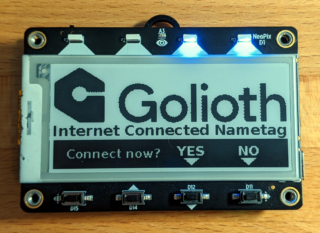

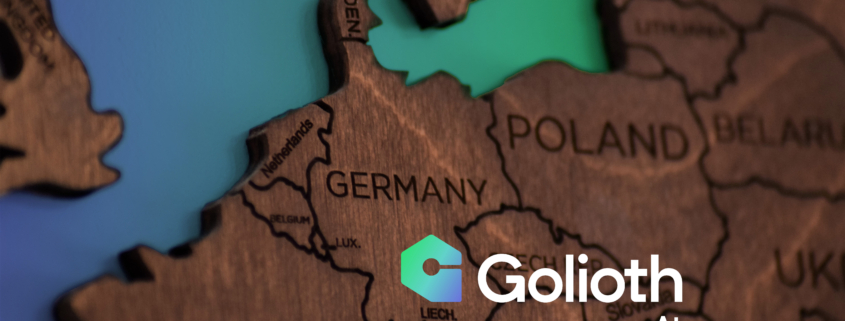 Royalty free map photo by Anthony Beck from Pexels: https://www.pexels.com/photo/close-up-photo-of-wooden-jigsaw-map-4278035/
Royalty free map photo by Anthony Beck from Pexels: https://www.pexels.com/photo/close-up-photo-of-wooden-jigsaw-map-4278035/


